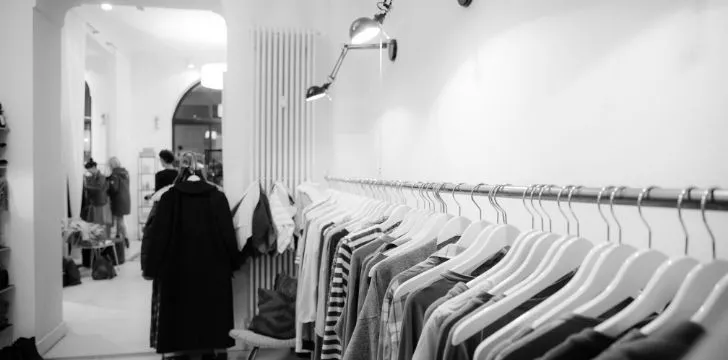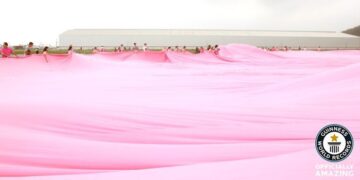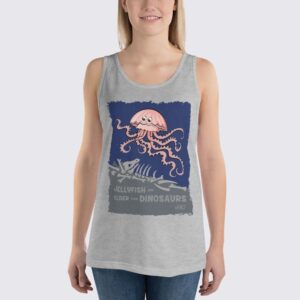With more than 270 stores across 19 different countries, American Apparel gradually became one of the largest clothing manufacturers in America.
So if you love their clothing range, you may enjoy knowing the fascinating history behind American Apparel.
The Beginnings

Canadian founder Dov Charney started the business when he was just 20 years old.
He had an idea back in 1989, and that was where it all began.
With little business knowledge or experience, Charney operated from his school dorm at first, shipping American t-shirts to Montreal and other Canadian destinations.
In less than ten years, American Apparel was underway and had managed to become one of America’s largest clothing manufacturers.
Dov Charney had dropped out of Tufts University, Boston, in an attempt to pursue his new business venture.
Since he had no funds of his own, he managed to expand the idea by borrowing cash from his parents.
By 1997, American Apparel was based in Los Angeles and created controversy around the globe after paying much higher than average wages and giving company benefits to its employees.
The First Stores and Expansion
Although Charney had been running the business for several years, the first American Apparel store wasn’t opened until 2003.
However, once the first store opened, many more followed soon after.
The Echo Park area of LA was the first neighborhood to get an American Apparel store, and New York and Montreal also became home to a new store within months.
Charney didn’t wait long to take his business overseas to Europe either, and by 2005, there were more than 65 stores across North America and Europe.
Rather than expanding even further and turning over profits in the millions, American Apparel stopped making a profit in 2009 and the business began to struggle.
Dov Charney admitted in 2010 that there were several stores that should never have been opened around the world, while the press believed the expansion of new stores to be far too quick.
Modeling Controversies
Apart from the higher wages and company benefits, American Apparel also gained the world’s attention through its advertising methods.
As far back as 2000, the images involved in their advertisements would include models wearing only socks or underwear.
In 2005, the models were pictured completely topless.
The models who worked for American Apparel were said to be found online and by talent scouts in retail stores, rather than on the catwalk.
The pictures featured in their advertising campaigns were designed to look “normal” and “every day”, rather than photoshopped and glamorous.
Photographs were often taken by regular people rather than professionals, with Dov Charney himself stepping behind the camera for many of them.
However, Jenna Sauers came forward in 2010 to claim that the models were professionals merely trying to make a little bit of extra cash from American Apparel.
She stated that the idea of using regular girls rather than professionals was a lie created by the company.
It was also revealed in the same year that Charney would receive group photos of employees at the stores and fire those whom he deemed not good-looking enough for the job.
January 2015 saw Dov Charney replaced by Paula Schneider as the new CEO, who began to change advertising campaigns drastically.
Models could be seen fully clothed, and ads were created to attract more female customers.
Financial Struggles

After failing to make a profit for six years, the company filed for bankruptcy in America in 2015.
American Apparel had gotten into more than $60 million dollars worth of debt, partly from running stores that were making constant losses rather than profits.
In August 2015, it was reported that the business would not survive for another twelve months.
After the banks agreed on a new plan with American Apparel and their creditors, the business was able to continue manufacturing and selling products.
The new advertising campaigns, new attire, and the new CEO are expected to help the company get back on its feet and succeed in a competitive market for years to come.





















